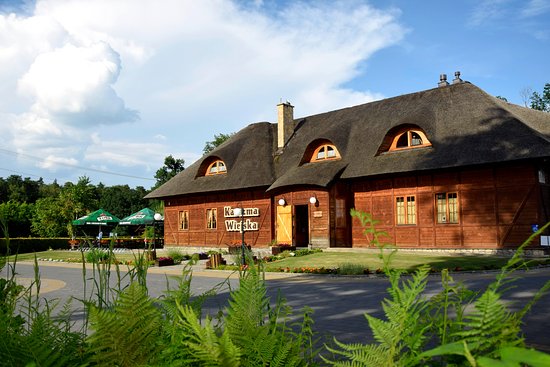Lublin
WELCOME TO Lublin
Region Overview
Lublin
25,155 km2
2.1 million
Polish

Popular
Geography and Tourist Attractions
Information about the province's tourist attractions, including popular destinations, events, and activities.

Bieszczady Mountains

Zamość Old Town

Lublin Castle
Political
Economy and Government
The Lublin region of Poland has a diversified economy, with agriculture, manufacturing, and services being the main sectors. The region is known for its fertile soil, which makes it a major producer of crops such as wheat, barley, and potatoes. The manufacturing sector is also important, with significant production in the areas of machinery, electronics, and food processing. The region is home to many small and medium-sized enterprises, as well as some large international corporations. The services sector is also growing, particularly in the areas of healthcare, education, and tourism.
In terms of government, the Lublin region is divided into 21 counties and one city with county rights (Lublin). The regional government is responsible for managing the development and implementation of policies and programs that promote economic growth, social welfare, and environmental sustainability. The regional government works closely with local governments, businesses, and civil society organizations to identify opportunities for growth and investment, as well as to address the region's social and environmental challenges. The Lublin region also has representation in the national government, with its own delegation to the Sejm (the lower house of the Polish parliament). Overall, the Lublin region is an important contributor to Poland's economy and political landscape.

History
History and Culture
The Lublin region of Poland has a rich history and culture that reflects its location at the crossroads of Eastern and Western Europe. The region has been inhabited since prehistoric times and has been shaped by numerous historical events, including invasions by Mongols, Tatars, and Turks, as well as wars with neighboring countries. The region was also the site of important religious and cultural movements, such as the emergence of the Polish-Lithuanian Commonwealth and the Jewish Hasidic movement.
The Lublin region is home to many cultural institutions, including museums, theaters, and music venues. The region's capital, Lublin, is a hub of cultural activity, with a thriving arts scene and numerous festivals throughout the year. The region is also known for its folk traditions, including music, dance, and costume, which are celebrated at festivals and events throughout the year.
The Lublin region is also a melting pot of different religions and cultures, with significant populations of Catholics, Orthodox Christians, Jews, and Muslims. This diversity is reflected in the region's architecture, cuisine, and traditions, making the Lublin region a fascinating place to explore for those interested in history and culture.
HOTELS

Hotel Ilan

Hotel Nałęczów Medical SPA

Zamek Janów Podlaski
RESTAURANTS

Czarcia Łapa

Karczma Wiejska

